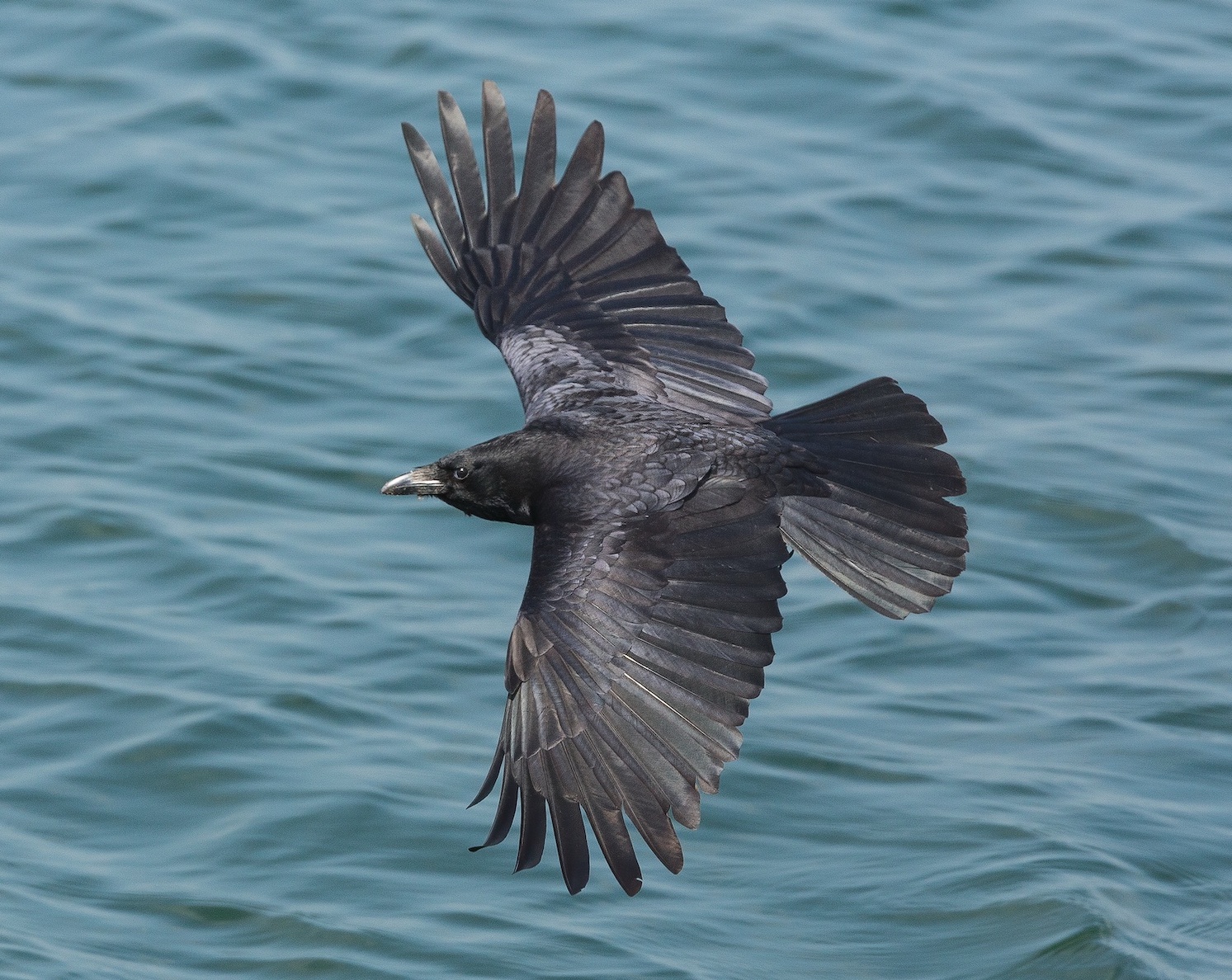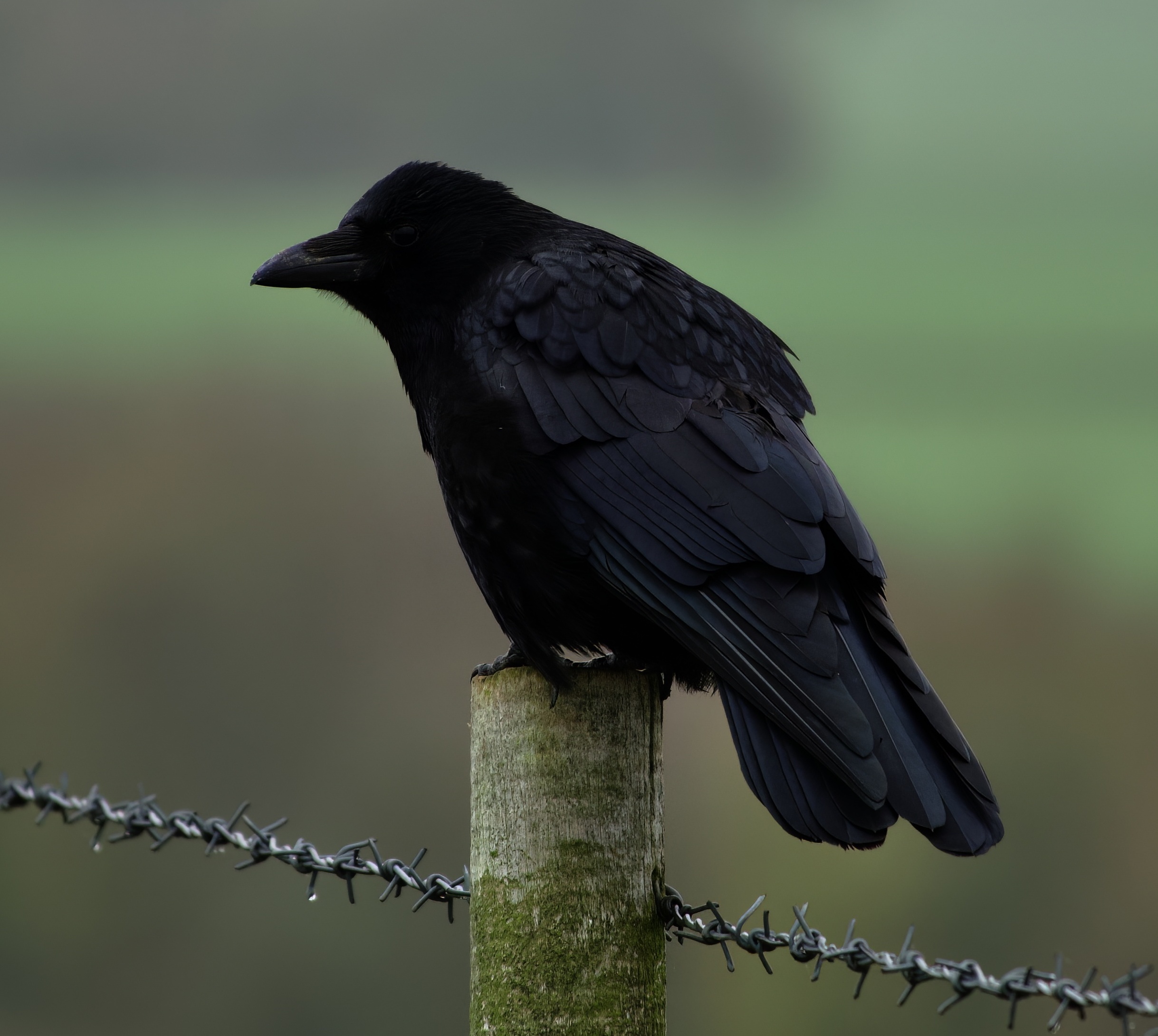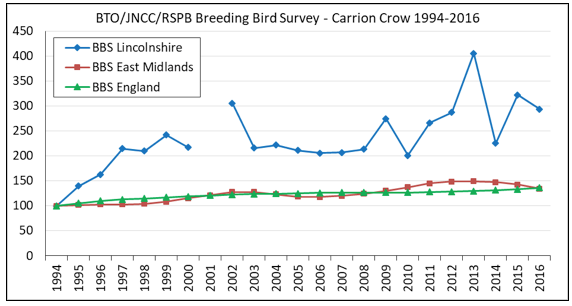Carrion Crow Corvus corone
Very common resident, also passage migrant and winter visitor.


Carrion Crow, our most widespread crow species, was confirmed as breeding in every 10km square in Lincolnshire during the last BTO Atlas 2007-2011. The Lincolnshire Atlas estimated a population of 17,000 pairs in the late 1980s but thought that was too high. The Lincolnshire BBS index chart below shows the population has been through 2 growth cycles since then in the period 1994-2019 and is now 65% higher. The APEP4 adjusted population estimate for 2016 is 20,000 pairs which seems a likely figure. Why is it so common? Carrion Crows are extremely adaptable and will exploit any feeding opportunity from the seashore to Pheasant Phasianus colchicus carrion which the shooting community provides as a by-product of the current industrialisation of what used to be a sport. Should this industry ever be regulated, the Carrion Crow population will likely fall, benefiting other birds whose eggs and nestlings form another part of their catholic diet during April-July. The only factor limiting their spread is availability of tree nest sites and for this reason they were scarcer in the fens during the 1980s. Tree planting in open environments is a boon for this species but a negative for ground breeding farmland birds.

British Carrion Crows are essentially sedentary and BTO data shows that there are no distant recoveries of Lincolnshire-ringed birds and no recoveries of foreign-ringed birds in the county to date. Carrion Crows are quite long-lived though and the record age for a British-ringed bird from BTO data is just over 17 years. One Lincolnshire bird ringed as a nestling at Minting in 1977 was recovered shot 19km away at Baumber aged 12 years.
